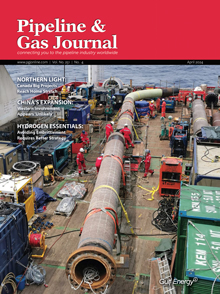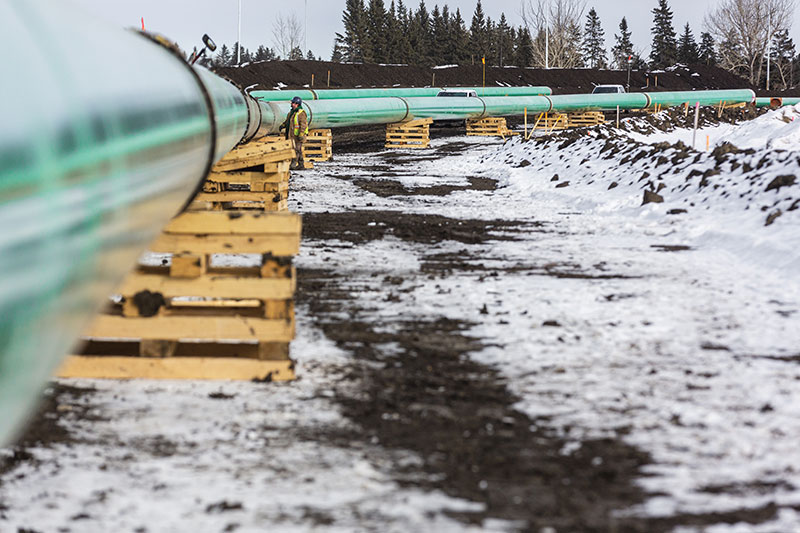Deep Sky, Svante Partner to Study Carbon Storage Feasibility in Southern Quebec, Canada
(P&GJ) — Canadian carbon removal developer, Deep Sky, has joined forces with carbon capture and removal solutions provider Svante Technologies Inc. to evaluate the feasibility of sequestering CO2 in Southern Quebec.
Together, the companies will fund research to study the ability to capture, transport and store CO2. The duo has engaged carbon management consulting firm Sproule to complete the geological subsurface research.
Deep Sky is working to build large-scale carbon removal and storage infrastructure in Canada. As a project developer, the company is bringing together the most promising carbon dioxide removal technologies to commercialize solutions at scale. This news marks Deep Sky’s first partnership to evaluate the feasibility of permanent CO2 storage in the St. Lawrence River Valley in Quebec to enable rapid and widespread roll-out of this essential climate solution.
Svante has pioneered novel carbon capture and removal technology, which employs what it calls structured adsorbent beds, known as ‘’filters.’’ The filters are coated with nanoengineered solid adsorbent materials and can be used to capture CO2 from hard-to-abate industrial emissions that come from the production of pulp & paper, cement, hydrogen, and more. The technology can also be used for Direct Air Capture (DAC), in which CO2, that is already in low concentration in the atmosphere, is trapped and removed from ambient air.
“By combining Deep Sky’s project development expertise with Svante’s ready-to-deploy technology and Sproule’s geology research, we can drive down greenhouse gas emissions and deliver carbon credits to the market at hyper speed,” Fred Lalonde, co-founder of Deep Sky, said.
Carbon dioxide removal technologies are essential to delivering the “net” in net zero. These CDR technologies will provide a balance to anthropogenic emissions that are hard to reduce as well as reverse the buildup of historic emissions that are already present in the atmosphere.
Flush with natural resources, Quebec is a region with an abundance of hydroelectric power, immense wind power potential and a vast territory with the ideal geological makeup required for carbon dioxide removal.
Related News
Related News

- Keystone Oil Pipeline Resumes Operations After Temporary Shutdown
- Freeport LNG Plant Runs Near Zero Consumption for Fifth Day
- Biden Administration Buys Oil for Emergency Reserve Above Target Price
- Mexico Seizes Air Liquide's Hydrogen Plant at Pemex Refinery
- Enbridge to Invest $500 Million in Pipeline Assets, Including Expansion of 850-Mile Gray Oak Pipeline
- Venezuela Proposes Alternative Payment Plan as Weak Bids Surface in Citgo Auction
- Baker Hughes Wins Contract for Huge Aramco Gas Expansion Project
- Enbridge Picks Contractors for Great Lakes Tunnel Project, Securing Line 5 Pipeline Route
- Russia's Gazprom Sees Worst Loss in Decades as European Gas Sales Collapse





Comments